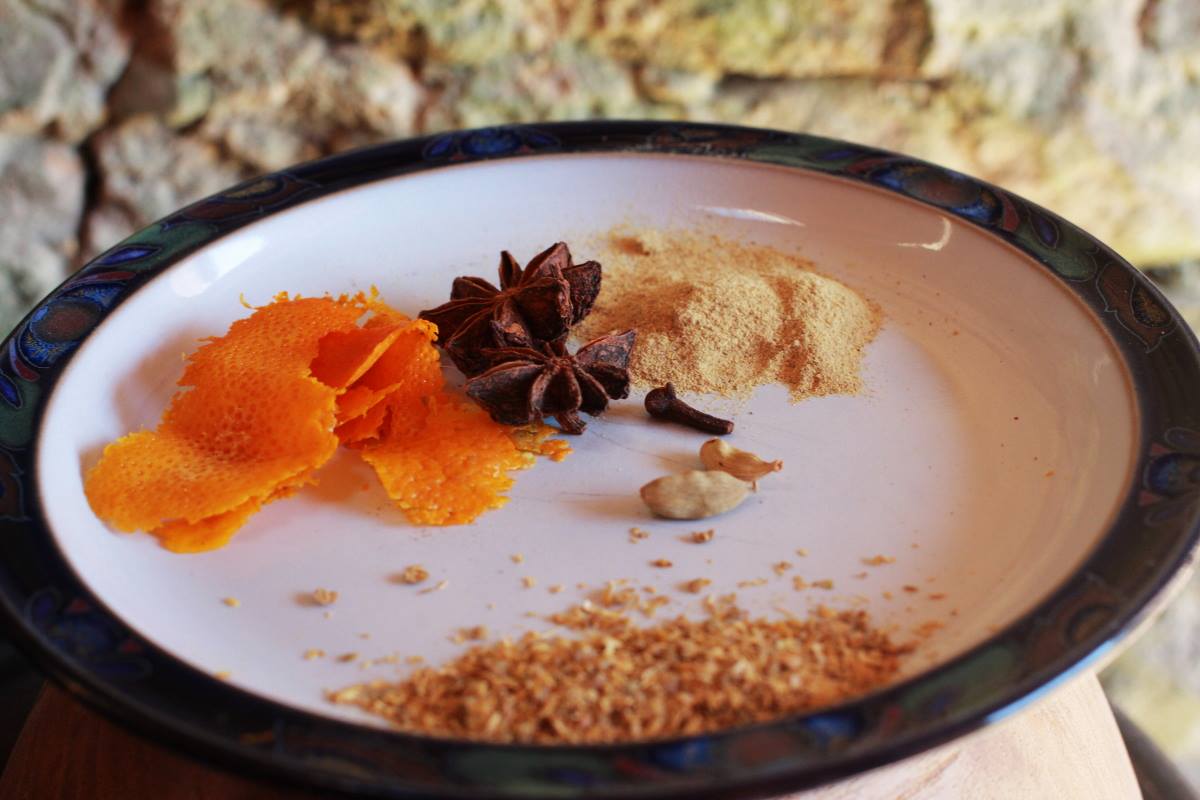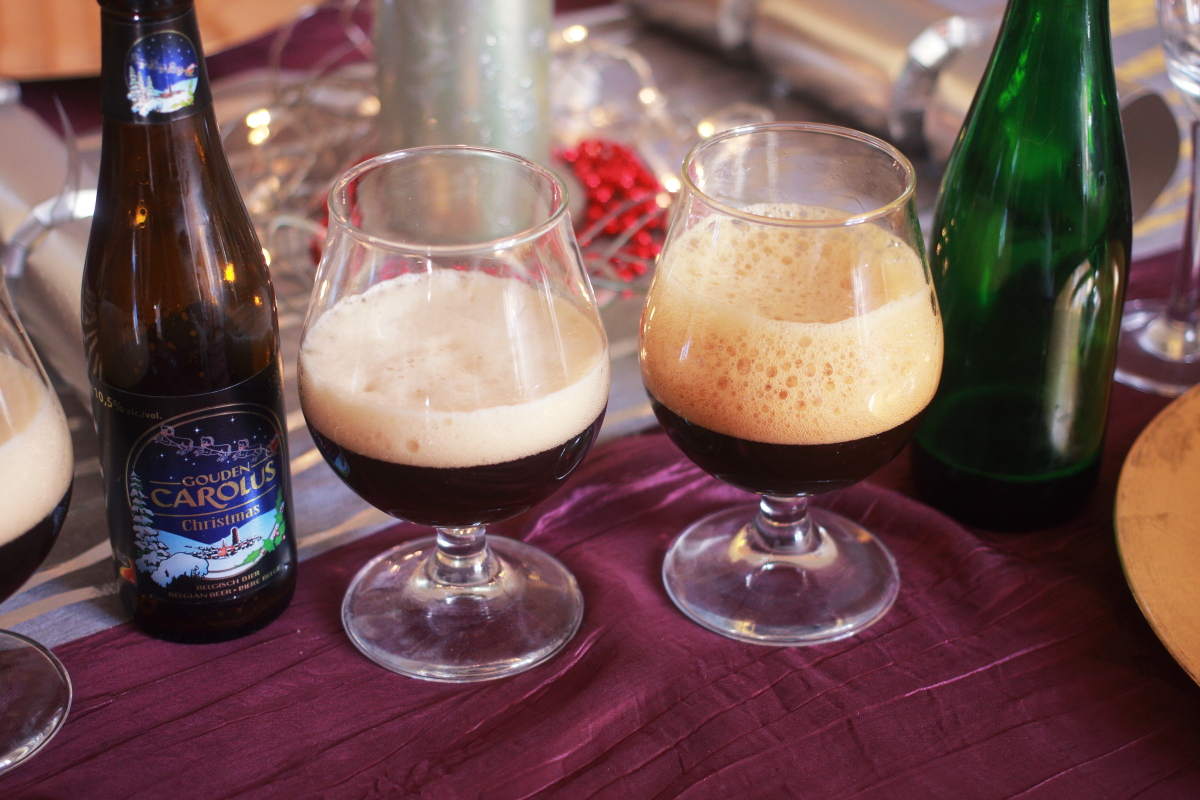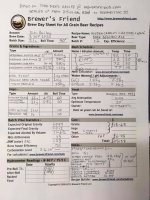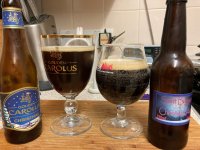Remos112
Well-Known Member
- Recipe Type
- All Grain
- Yeast
- Het Anker
- Yeast Starter
- Yes
- Additional Yeast or Yeast Starter
- no
- Batch Size (Gallons)
- 5.3
- Original Gravity
- 1.076
- Final Gravity
- 1.014
- Boiling Time (Minutes)
- 90
- IBU
- 20.1 Tinseth
- Color
- 53.3 EBC
- Primary Fermentation (# of Days & Temp)
- 21 days 21-25C
- Tasting Notes
- Really close to the original Gouden Carolus Classic
So a while back I have discovered this amazing beer called Gouden Carolus Classic and since I have been obsessed with it. I have literally spend days searching for information do's and don'ts and I finally came up with a recipe which I want to share with you guys today.
The yeast was harvested from bottles Hopsinjoor, and I really think it makes a difference in this brew, if you don't have access to this yeast, the Chimay , La Chouffe or Forbidden fruits yeast strains are supposedly good alternatives.
This recipe is for a 20Liter batch:
Fermentables:
4.7KG Belgian Pilsener Malt
0.7KG Carared Malt
0.4KG Flaked wheat
0.2KG Belgian Special B Malt
0.453KG D-240 Candi Syrup added the last minute of the boil
Mashing Schedule:
Mash in with18.5 L of 55.9C Water
Step 1 20 minutes@52C
Raise the temperature in 10 minutes to:
Step 2 20 minutes@62C
Raise the temperature in 10 minutes to:
Step 3 30 minutes@72C
Raise the temperature in 5 minutes to:
Step 4 15 minutes@77C
Drain the mash tun and sparge 2 times with 77C 5,95L water
Boil for 90 minutes and add:
Hops and spices:
15 grams Challengers flowers@ 60 minutes
15 grams Styrian Goldings flowers @ 30 minutes
7 grams of ground Coriander seeds @15 minutes
7 grams of bitter orange peel @ 15 minutes
1 whole star anise @5 minutes
Cool to 18 degrees and pitch yeast and let it rise to 21C
after 48 hours raise the temperature gradually to 25C (this yeast likes it warm)
OG:1.076
FG:1.014
The yeast was harvested from bottles Hopsinjoor, and I really think it makes a difference in this brew, if you don't have access to this yeast, the Chimay , La Chouffe or Forbidden fruits yeast strains are supposedly good alternatives.
This recipe is for a 20Liter batch:
Fermentables:
4.7KG Belgian Pilsener Malt
0.7KG Carared Malt
0.4KG Flaked wheat
0.2KG Belgian Special B Malt
0.453KG D-240 Candi Syrup added the last minute of the boil
Mashing Schedule:
Mash in with18.5 L of 55.9C Water
Step 1 20 minutes@52C
Raise the temperature in 10 minutes to:
Step 2 20 minutes@62C
Raise the temperature in 10 minutes to:
Step 3 30 minutes@72C
Raise the temperature in 5 minutes to:
Step 4 15 minutes@77C
Drain the mash tun and sparge 2 times with 77C 5,95L water
Boil for 90 minutes and add:
Hops and spices:
15 grams Challengers flowers@ 60 minutes
15 grams Styrian Goldings flowers @ 30 minutes
7 grams of ground Coriander seeds @15 minutes
7 grams of bitter orange peel @ 15 minutes
1 whole star anise @5 minutes
Cool to 18 degrees and pitch yeast and let it rise to 21C
after 48 hours raise the temperature gradually to 25C (this yeast likes it warm)
OG:1.076
FG:1.014


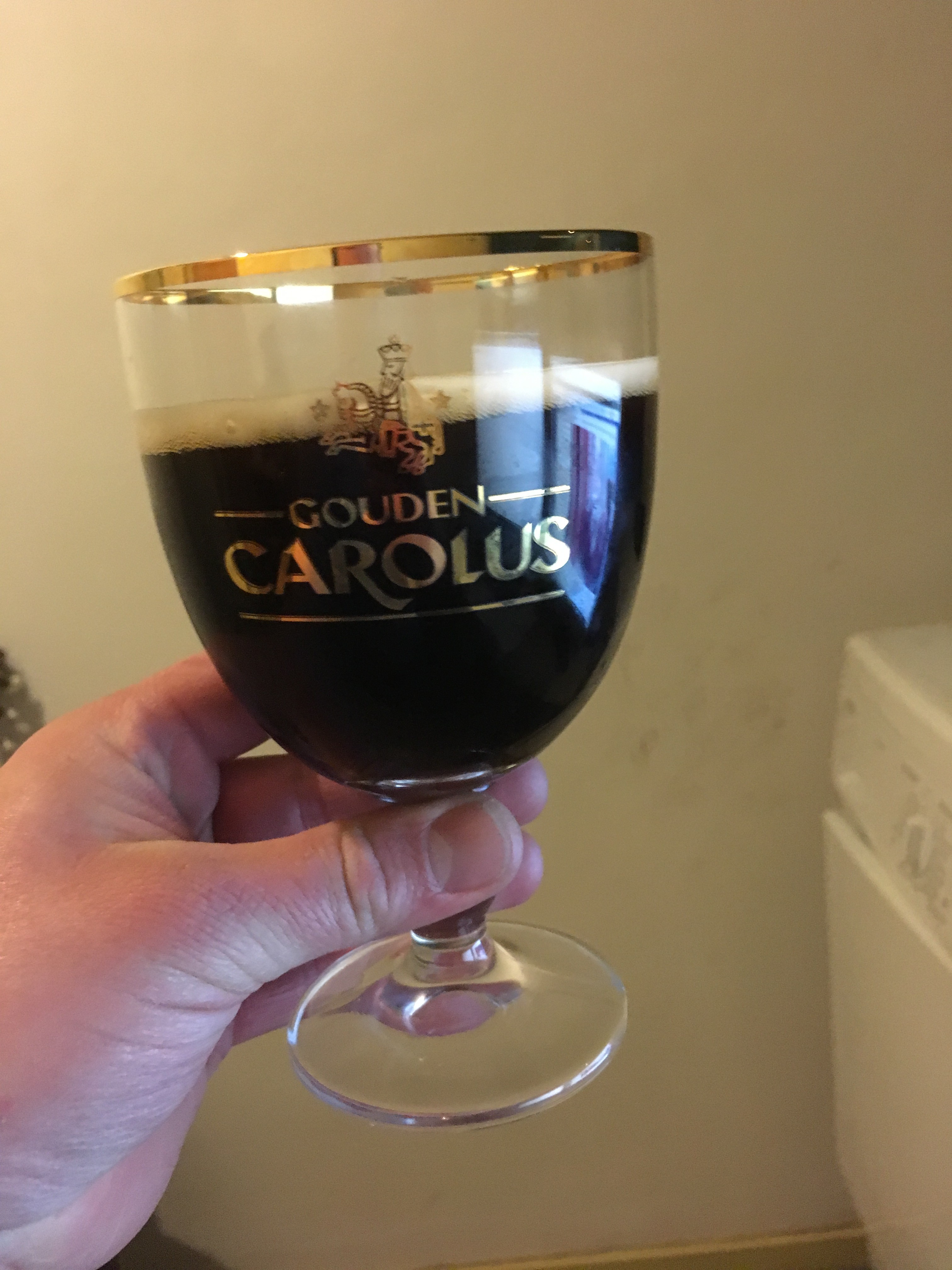
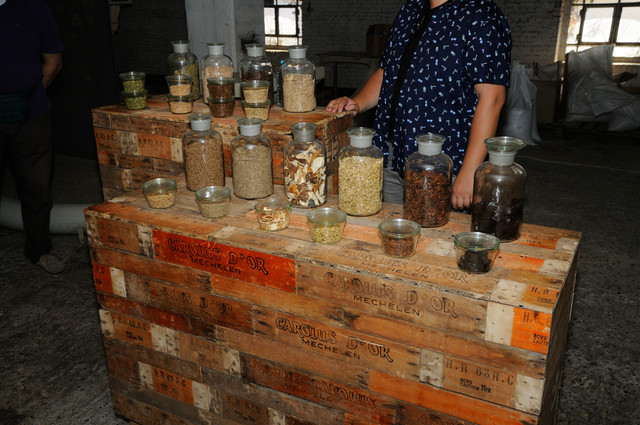
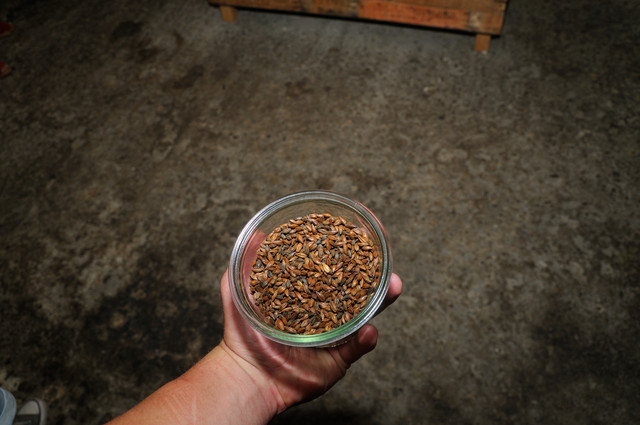

![Craft A Brew - Safale S-04 Dry Yeast - Fermentis - English Ale Dry Yeast - For English and American Ales and Hard Apple Ciders - Ingredients for Home Brewing - Beer Making Supplies - [1 Pack]](https://m.media-amazon.com/images/I/41fVGNh6JfL._SL500_.jpg)





















































